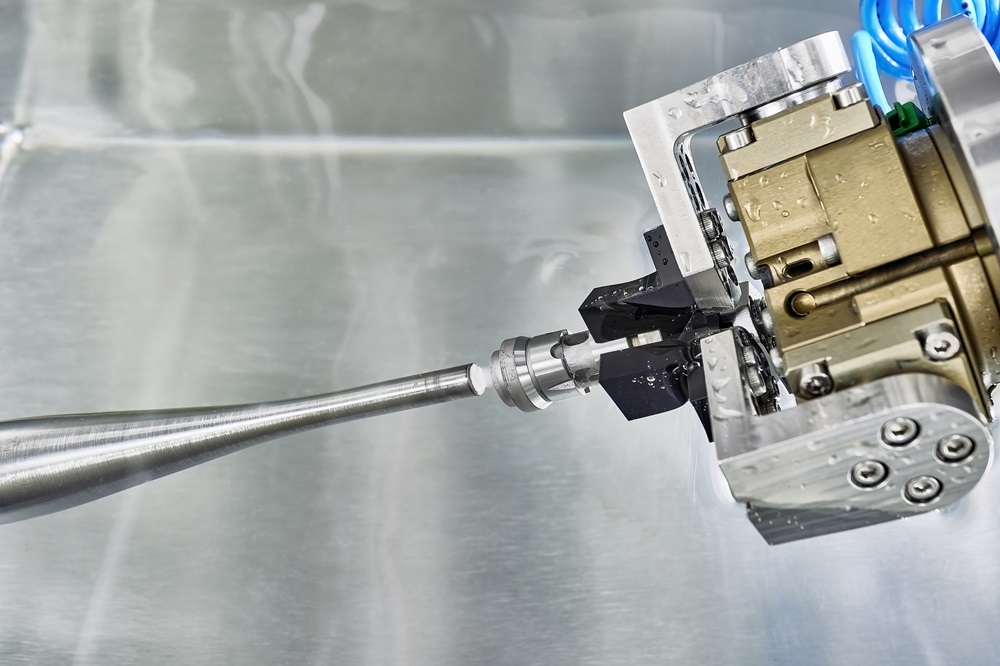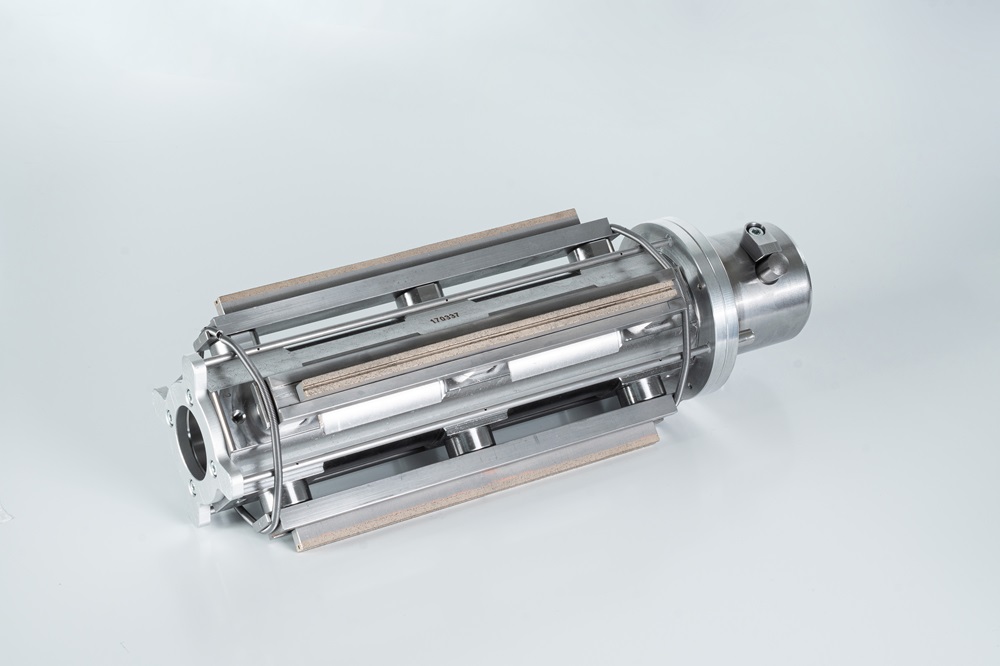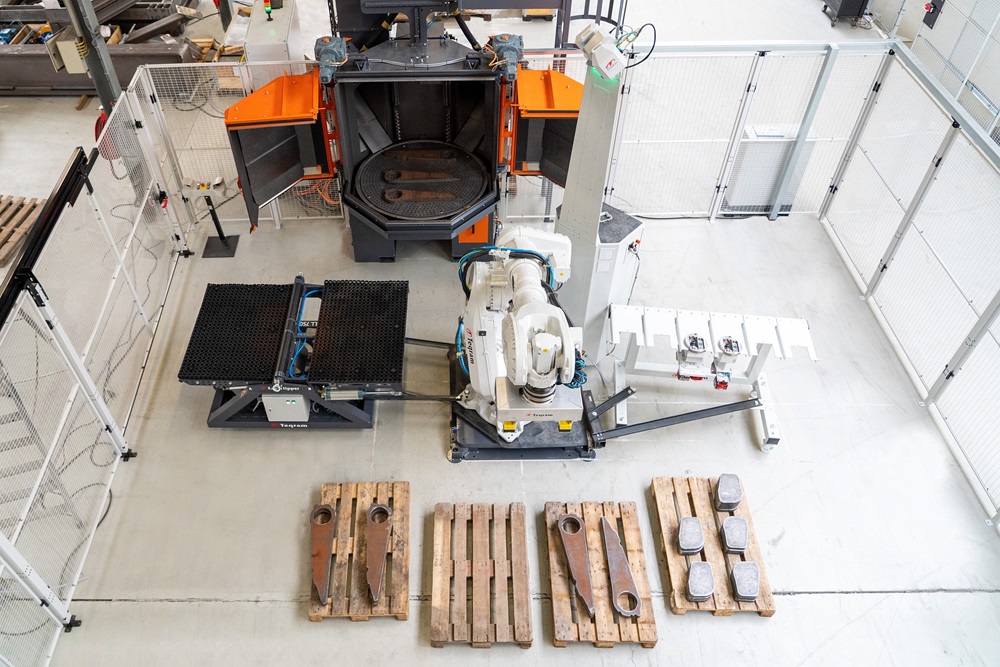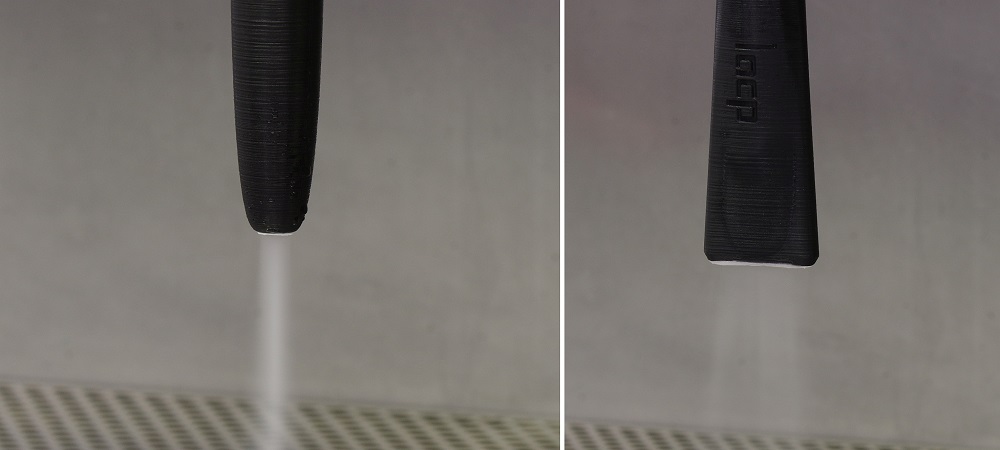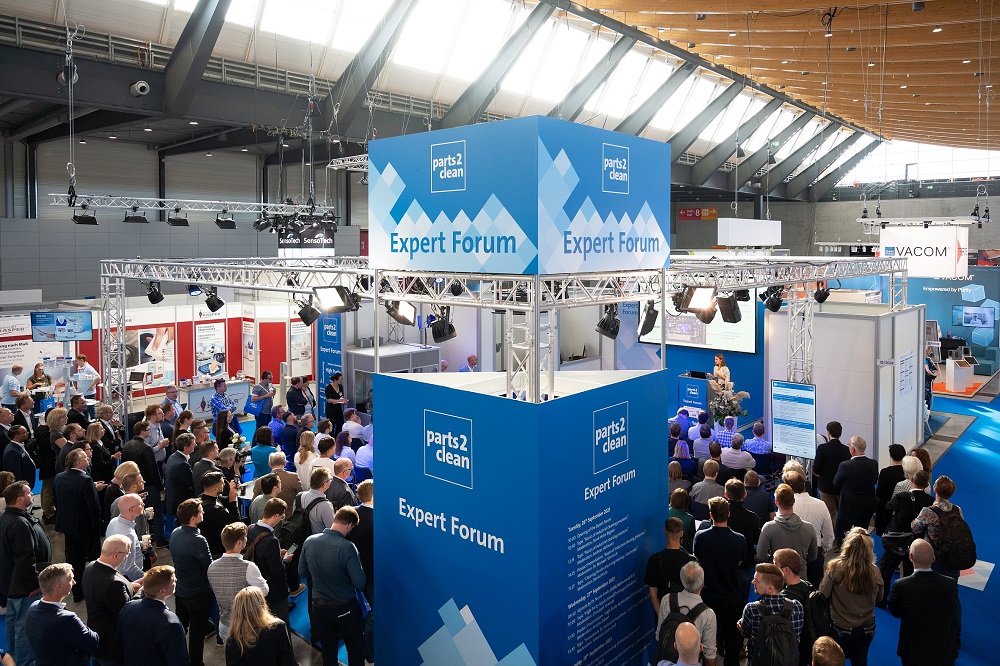Now available from Vollmer is the new ultraTEC ultrasonic A25 deburring machine. As part of the Vollmer Group, ultraTEC is a company that has won a number of awards for its patented new ultrasonic deburring method, which only uses water. This proprietary technology utilises an ultrasonic horn that oscillates to generate soundwaves and cavitation which clean and deburr external and internal edges reliably.
This environmentally friendly solution provides burr-free parts that alternative processes cannot process. It eliminates common challenges when deburring parts such as deformation, discolouring and changes to the oxide layer on the component.
The ultraTEC ultrasonic A25 creates a formation and dissolution/implosion of bubbles in water that release an intense energy during implosion. This effect arrives courtesy of an ultra-high oscillation of 20 kHz with an oscillation width of ±80-120 µm, which far exceeds the amplitude of ultrasonic cleaning, cutting and welding technologies.
An ultrasonic horn (fully submersed in water) is set into resonant vibration via mechanical oscillations to transmit the extremely high forces into the water tank. With diameters from 1.2 to 14 mm, the ultrasonic horn remains in position in the water tank while components move robotically around it. The horn creates a cavitation jet from 250 to 270 m/s that breaks burrs from the parts.
The ultraTEC ultrasonic A25 is configured with an ultrasonic stainless steel 40 litre basin that can accommodate parts up to 150 x 150 x 150 mm and weighing up to 1.5 kg. Once processed, parts are moved to a compressed air drying station. A six-axis ABB industrial robot collects components from an external pallet.
For further information www.vollmer-group.com






